Photographer Spotlight - Jordan Dibble


Hello All - my name is Jordan. I grew up in a small town on an island in the Puget Sound. I lived in the water growing up, but diving didn’t seem like a possibility for someone like me. I would watch movies, or see pictures in magazines of divers in sub tropic waters with turtles and clear viz. Diving in the Puget Sound seemed crazy. I would look out at the water and assume there was no life down there. If there was life, it must be hard to find in the dark, murky waters I had seen in my snorkel gear. I knew there were dive sites around me, but there wasn’t an avid dive community in the area at the time. I saw a few divers in the water, but figured they were professionals going to work.
My fiancé surprised me with an open water class for my birthday in 2019. She didn’t know it at the time, but she awoke something inside me. My first breath under water, in the pool, was life changing. Cliche, but true. “You have created a monster,” I said when I got home, “you might never see me again.”
I passed my open water class and purchased new dive gear. I found a good deal on a package at the local dive shop, a Scuba Pro hydros pro BCD, scuba pro reg and an oceanic plus 4.0 computer. I also purchased a 7mm wetsuit, boots, hood and gloves. I used the fins and mask I had from class.



I purchased a cheap Fuji film point and shoot camera from Costco to use on my dives. I wanted to bring evidence back to my family that there was life under the surface. We don’t have turtles and 100 feet of visibility, but the Puget Sound has life everywhere. My cheap camera helped me become a better underwater photographer. I didn’t have giant strobes, or a functional zoom. I needed to have control over my buoyancy and the ability to get close to subjects without disturbing them.
A subject I found that didn’t seem to mind me getting inches from their face were nudibranchs. Tiny underwater slugs that move very slow are perfect for someone who needs to take 20 closeups to finally get one in focus. My favorite nudi to find are White Lined Dirona. I love the hard white outlines and opaque body; they almost glow underwater. They can be easier to find than other camouflaged nudis because they stand out.
I took thousands of pictures with the little point and shoot. A few turned out and I started making calendars and prints for family and friends. A trip to Maui made me realize I had out grown my camera setup. The clear water looked grainy and grey. The camera of choice for everyone on the boat was an Olympus TG6. After some research I knew it was the camera I needed.
The TG6 was a nice step up for me. It still has the functionality of a point and shoot, but is much more capable underwater. The housing I have makes the camera a lot bigger than my old point and shoot, but it does not feel too cumbersome. I still need to purchase better strobes. I struggle with lighting in shallow dives. Shallow waters don’t have a black backdrop like they do at 80’.



I dive primarily in the Puget Sound. The water stays around 50°. My gear still includes a 7mm wetsuit. I have upgraded my boots, hood, gloves and mask, and fins in an attempt to combat the cold. Being in a wetsuit is cold, ruin a day cold, shake for hours cold. My dive times are not limited by my air used, but by my body temperature. Being cold also hinders my abilities as an underwater photographer. I’ve had to leave amazing subjects because I’m too cold. A dry suit will be my next purchase.
I’m lucky to live in an area with many amazing shore dives. Each dive has its advantages and disadvantages. Two local dives that I do often are the Edmonds Underwater Park and the Mukilteo Geodome. Edmonds Underwater Park was my first post class dive. It’s an amazing underwater playground, full of wrecks and man-made reefs. It’s a protected park so the fish are docile and huge. It’s an amazing dive when the conditions are perfect. The max depth of the dive is about 35’. If viz is bad, you can’t get under it. The Geodome in Mukilteo is a man-made dome created out of pvc piping. It sits around 70’ underwater. When viz is bad elsewhere, we can usually find clear waters in the deep.
My favorite dive however is Keystone Jetty. It is a man-made jetty blocking in the Keystone Ferry between Whidbey Island and Port Townsend. Ironically the dive is 20 minutes from the house I grew up in. The currents can be tricky, but if timed correctly, the dive is magical. Kelp hangs from the heavens, octopus fill dens and nudis are abundant.
I’ve taken dive trips to different locations around Washington. I’ve dove in the San Juan’s when visibility was so bad I couldn’t see my hands, let alone the spear I had while hunting lingcod. I’ve been in lakes where the thermocline took my breath away. I would love to dive more warm water locations. My dive career started as Covid hit, making travel difficult. I took a trip to Maui last fall and loved being able to really feel the water. I felt free underwater without all my gear. Visibility was over 100’ on a couple occasions. Another bucket list dive I have is the kelp forests in Northern California.
Follow Jordan on Instagram to see more of his photos and dive adventures: @diverdibble




Fantastic article!







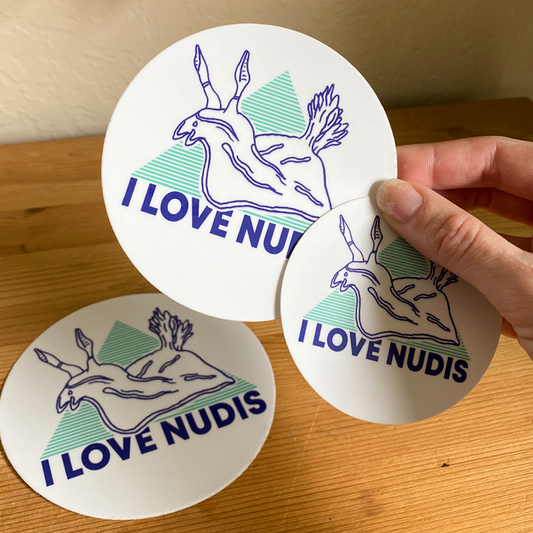

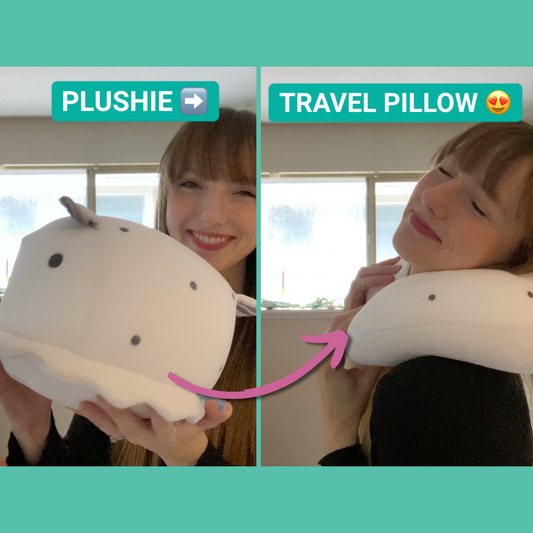
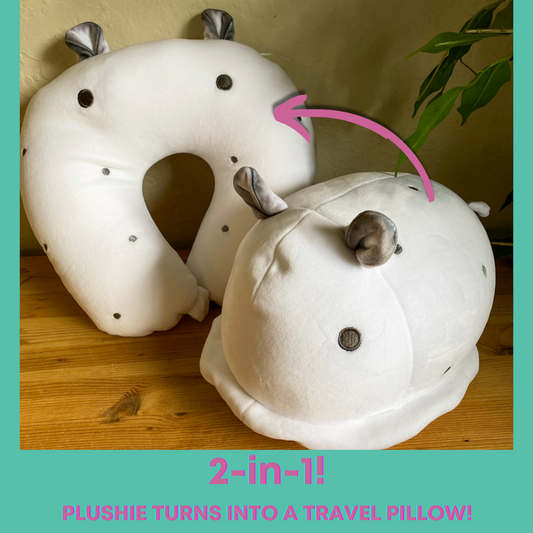
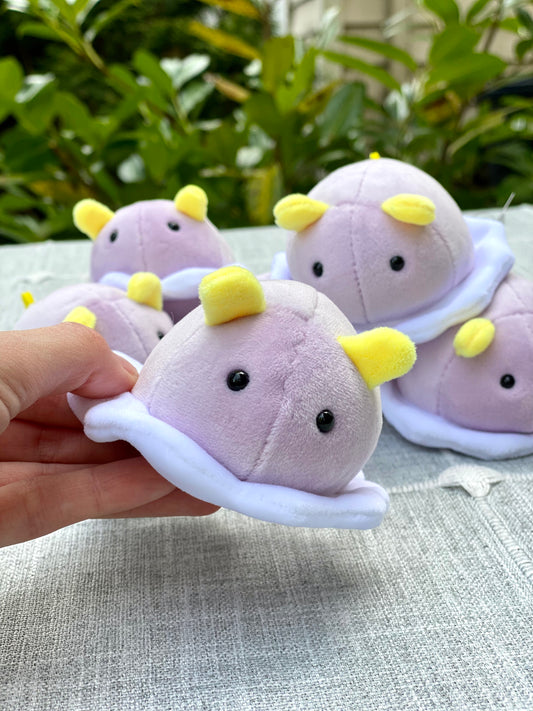
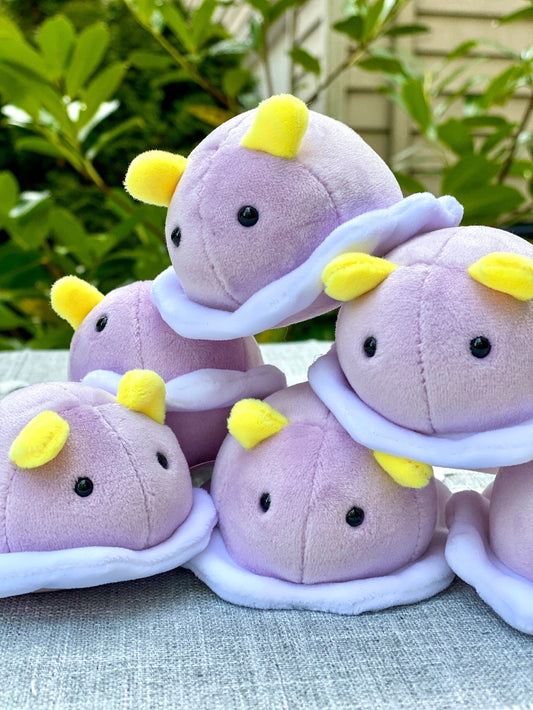
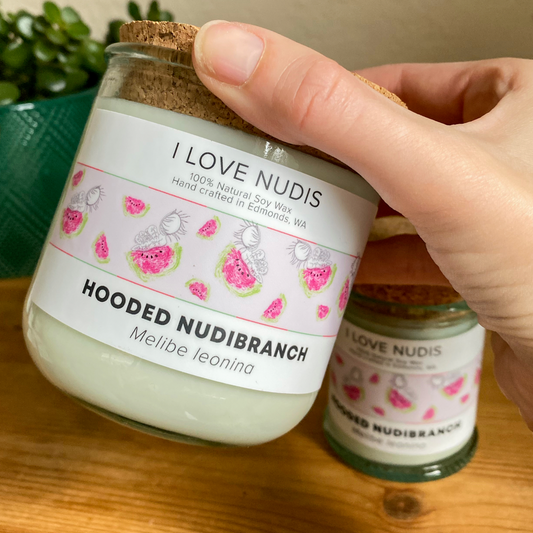
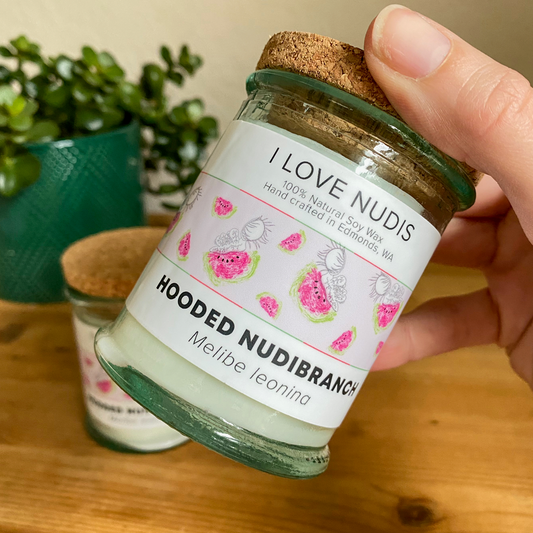
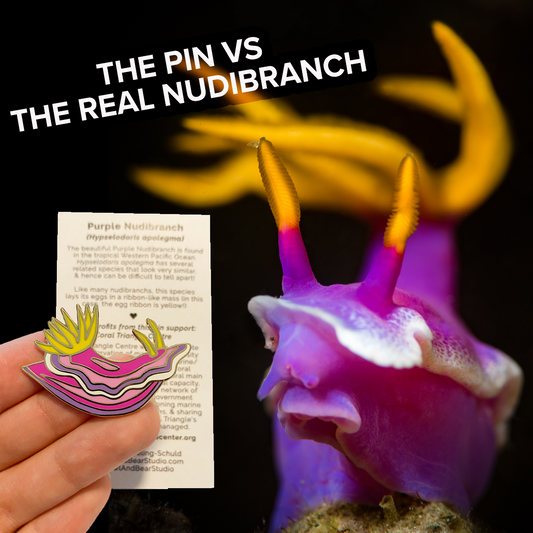
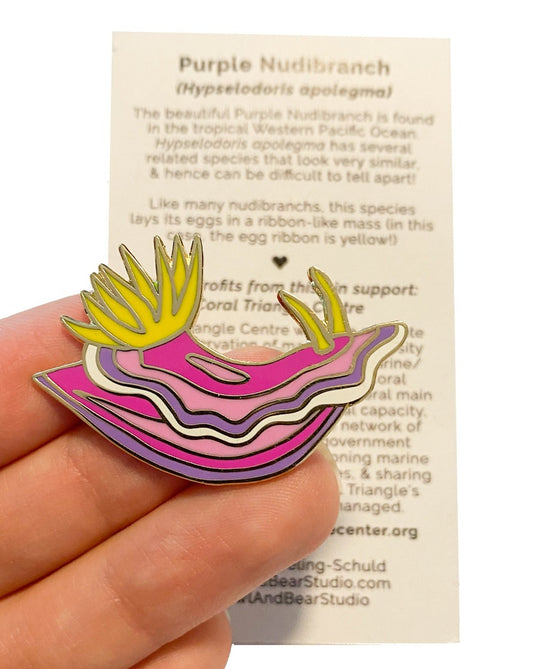
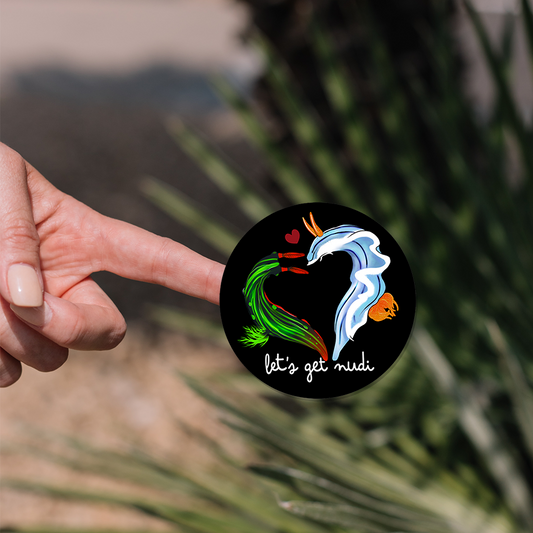
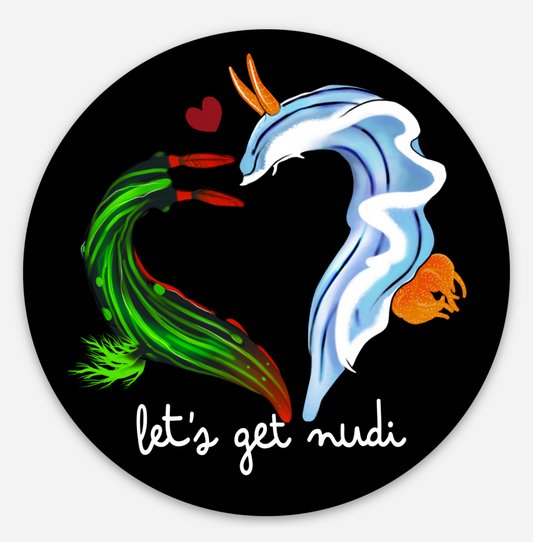


1 comment